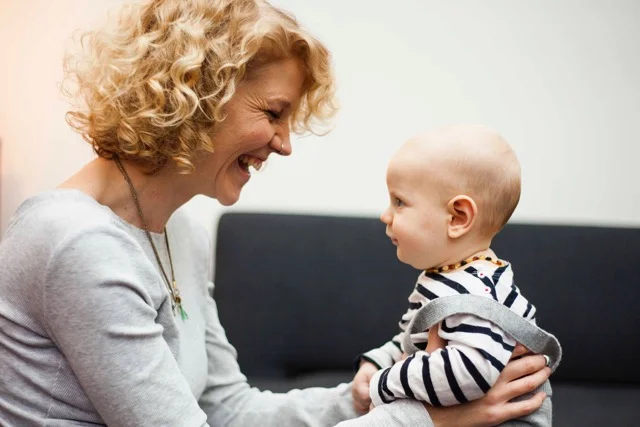The visual image as catalyst for social change?
Last week, I attended the incredible event that is the annual Birthlight ‘Womb to World’ conference, along with some Midwife friends of mine. It was a brilliant day, and a gathering of incredibly passionate and inspiring women. I love these events, where women come together, and discuss, debate, and support one another… The enthusiasm and energy drives me to go on working hard and adds to my conviction that all kinds of positive change are possible, and indeed inevitable.
The theme of the conference ‘Maternal images and representations; before, during and after birth,’ covered a broad expanse of speakers and topics, each presenting and exploring motherhood and birth in innovative ways.
The rare fusion of different disciplines: anthropology, physiology alternative medicine, psychology, art, popular culture, is what makes Birthlight conferences so particular and unique. Such a synthesis speaks of a whole woman, the complex and special nature of motherhood: exploring the many threads, the many fibres that both differentiate and unite us.
The focus on the visual image, in this particular conference, was important. Visual images hold the possibility to evoke something acutely embedded in our sub-conscious: something that goes beyond the limitations of language and the spoken world. Something that when unearthed, can lead to extraordinary revelations.
The Image, as its etymology suggests, is deeply woven with the imagination. In this way The Image represents creative opportunities, to explore, re-discover and re-define aspects of our modern realities.
Visual images represent, at once, that which we are, that which we have come to be, and that which we long for in our postmodern experience.
Cross-cultural reflections and comparisons, in particular, can challenge our understandings of birth. Psychologist Antonella Sansone presented us with stunning images of motherhood amongst the Himba women of northern Namibia. These images of ‘integrated’, ‘connected’ and ‘shared’ motherhood can provoke primal urges, leading us to important questions: how connected is our society to motherhood? Do young women have an opportunity to practice motherhood? What does this mean for how we visualise, how we see, ourselves as mothers?
Bringing together academics and artists, we explored many strands of popular representations of Motherhood. Where are the mothers in popular TV? Who are those mothers and what do they represent? And indeed why does such an important aspect our experience as humans - as women - continue to escape public view?
Rebecca Feasley’s analysis of the representation of motherhood in popular media was particularly revelatory and charismatic. Inviting us to reflect on what has been the effect of the ‘idealised’ or ‘perfect’ mother portrayed to us in the media. We explored the extent to which the ‘motherhood myth’ has profoundly altered, and wounded, our understanding of ourselves as women and as mothers.
Artist Hermione Wiltshire equally showcased a fantastic array of images from modern art. Here we reflected on how women, across the ages, have attempted to express their lived realities through the medium of the visual arts. What is still silenced in our experience of motherhood and birth? And how can we make these experiences felt, understood and heard through the various mediums of the visual arts?
These events are imperative in evoking reflection and debate, for us both as birth workers and as women.
Creative, historical, cross-cultural, images of motherhood and birth evoke something profound: they are a visible call to arms, a reminder that in visualising birth we need to start speaking of something more special and more sacred. Something that is deeply embedded in our consciousness as women, and that when unearthed, and acted upon could lead to something extraordinary, unparalleled, and dare I say it – revolutionary. “
You can read more about Birthlight and the Womb-to-world conference here




